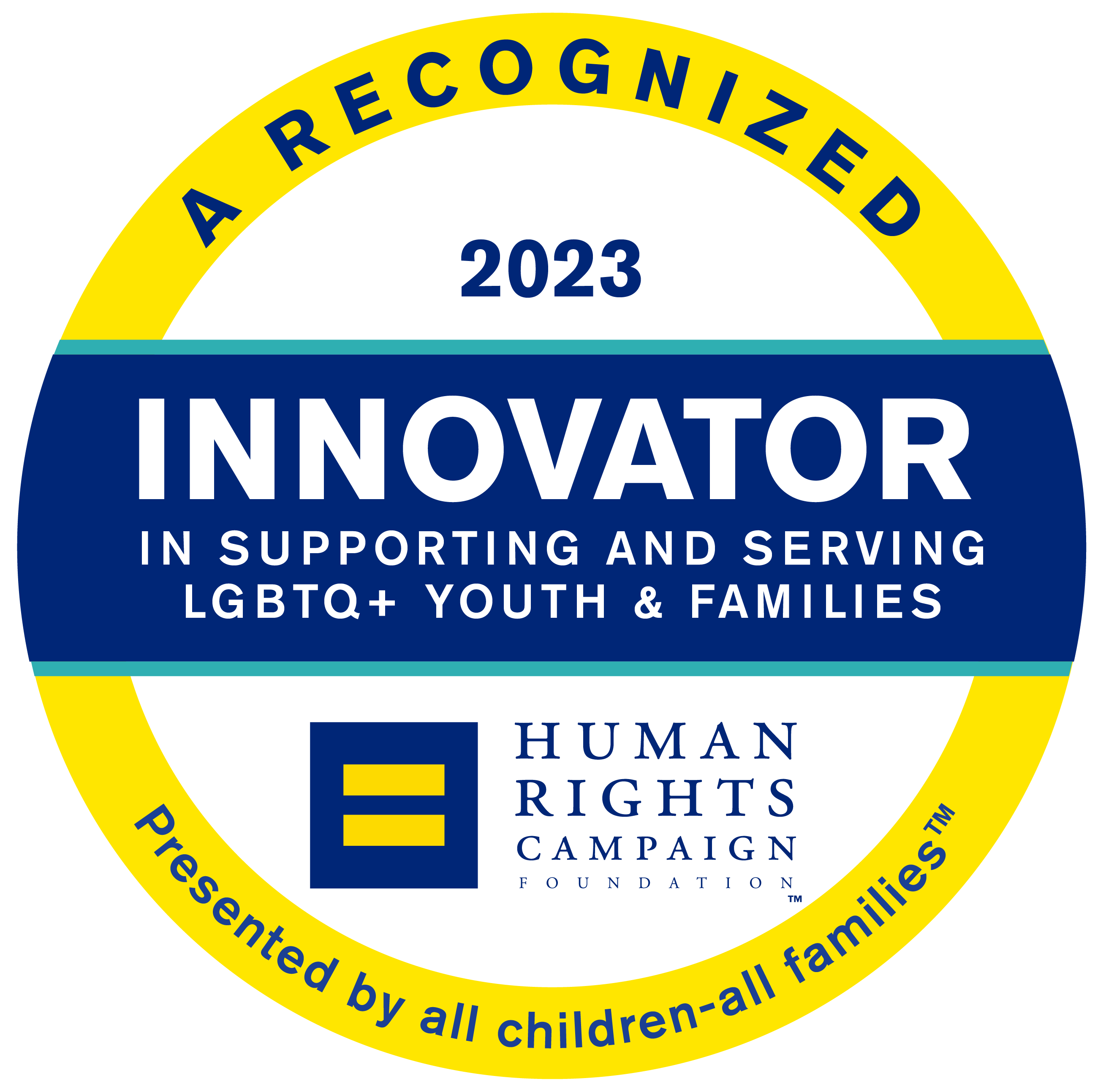Allyship and Privilege
— BRAVE CONVERSATIONS SERIES —
A Deliberate Approach to Diversity, Equity, and Inclusion
Lawrence Hall’s DEI Committee strives to ensure Lawrence Hall is a diverse, equitable environment of belonging and inclusivity. Having “brave conversations” about diversity, equity, and inclusion (DEI) in the workplace is a necessity for healthy company culture and requires honesty, compassion, and self-reflection of all involved.
Our Brave Conversations Series highlights topics not normally discussed but that have deep, personal impacts on our staff, youth, families, and communities.
This #AllyJuly, we look at the basics of allyship and how all of us have both privileges and barriers in our lives. In light of this fact, we can all learn about and practice allyship at work and in all aspects of our lives.
The social unrest of 2020 brought about a social awakening that put white power and privilege in the spotlight. Thousands of organizations released statements reaffirming their commitments to social justice and the work needing to be done, but many lacked concrete plans of action and measurable goals.
What was needed was allyship.
What is allyship, or being an ally?
Allyship is “an active and consistent effort to use your privilege and power to support and advocate for people with less privilege.” Allyship means doing the uncomfortable work to understand our privileges, intentions, and role in a given situation. Being an ally takes constant practice; no one becomes an ally after one training or conference.
The burden of promoting equity shouldn’t fall on those with less privilege, as it often tends to do. To truly be an ally is to take the struggles and oppression of traditionally marginalized groups as your own, even if you don’t fully understand what it feels like to be oppressed.
“An individual from an underinvested community cannot easily cast away the weight of their identity (or identities) shaped through oppression on a whim. They carry that weight every single day, for better or for worse. An ally understands that this is a weight that they, too, must be willing to carry and never put down,” amélie lamont explains in her Guide to Allyship.
This is hard, uncomfortable work. But it must be done if we are to change.
“Changing the day-to-day experiences of people in the workplace means you have to change the culture. If you’re going to change the culture, that means you need all employees at every level to activate and to be part of the solution,” says Rachel Thomas, co-founder & CEO of LeanIn.Org and OptionB.Org. “You can have all the right policies and programs in place, but if individual employees don’t understand what true allyship looks like, they may inadvertently end up being part of the problem.”

Performative, or Optical, Allyship
“Over the past year, with renewed commitments to allyship, even more white employees see themselves as allies. But, our 2021 data shows that white employees still aren’t taking these basic allyship actions,” notes Lean In’s Allyship in the Workplace module.
According to LeanIn.org and McKinsey and Company’s Women in the Workplace 2020 study(full study in resources), 63% of white employees saw themselves as allies to women of color in their company. Coincidentally, 16% of Latinas and only 11% of Black women felt that they had allies at work. That’s a huge disparity.
Why?
Saying you’re an ally is much easier than being one. True allyship means you check your implicit biases, explore your privileges and position of power, listen more deeply, understand how you may unknowingly contribute to oppressive systems yourself, and are willing to make mistakes and apologize.
In short, trying to be a true ally while remaining comfortable and avoiding confrontational feelings is simply not possible. Real allyship requires you to DO something, knowing the result will not benefit you at all. Don’t talk about it; be about it.
What is your privilege?
So can’t we just uplift others instead of having to acknowledge our privilege?
Not quite.
“Because privilege contributes to inequities, and because allyship is using one’s privilege and power to advance others without that privilege and power, understanding one’s privilege is central to allyship,” Lean In’s Allyship in the Workplace module points out.
Most of us have areas of privilege we haven’t considered before—are you in the dominant religious group? Do you have a physical or intellectual disability? Do you identify as the same gender that’s on your birth certificate?
Understanding where your privilege lies enables you to understand where you have the power to make a difference in the workplace. As you move up the ladder, you increasingly have more influence and opportunities to inspire change, and your responsibility to do so increases.
Of course, all employees regardless of position have the participatory power of change, be it in supervisory meetings, committees, or team interactions. When all employees regardless of seniority act as change agents, it is more likely that the company culture will shift towards diversity, equity, and inclusion.

Image copyright of amélie lamont, guidetoallyship.com
What can you do?
Educate yourself. Do not put the burden of your education about the marginalized experience on those who suffer under it; it is not the responsibility of the marginalized to educate the privileged. Read. Listen. Observe. Above all? Know you will never truly understand the experience unless you have lived it.
Own your privilege. Part of your own education is being aware of your privilege and its power. Wade through uncomfortable feelings and dig deep. It is critical to know what advantages you have in order to help level the playing field.
See something? Say something. Do not wait for traditionally marginalized groups to call out racist, sexist, ableist, homophobic, or other discriminating behavior; these groups are often told they’re playing the “race or gender card” or told they’re just “angry Black women,” so their concerns may be ignored. Say something supportive in the moment, and at all costs, prevent gaslighting such as, “He didn’t mean anything by that. That’s just who he is.” or “That was just a joke.”
Avoid performative allyship and the savior mentality. Real allyship requires you to DO something, knowing the result will not benefit you or your external image at all.
“Merely posting a black square on Instagram is not being an effective ally… Performative allyship is done to make yourself feel better, to ‘prove’ you are not a racist, to create a perception of yourself for others, to be trendy,” Penn State Law alumna Anna Fosberg writes. Examine your motives.
Mentor, sponsor, and provide resources to traditionally marginalized communities to take on leadership positions. Amplify and invest in your colleagues who aren’t like you. Open up your networks. Promote on potential, not proof. Sponsorship and mentoring are especially critical to those who belong to multiple marginalized groups to have access to training, leadership development, and advancement opportunities.
Don’t let the fear of saying the wrong thing keep you from trying. “Many people, especially people in the majority group, may be so afraid of saying or doing the wrong thing that they do nothing at all. But inaction and silence is harmful too. Give yourself, and each other, some grace for making missteps. Learning is a journey,” reminds Forbes’ social justice journalist Holly Corbett.
RESOURCES
How do you distinguish effective allyship from performative allyship? | Penn State Law
No more white saviours, thanks: How to be a true anti-racist ally | Nova Reid for The Guardian
Guide to Allyship | amélie lamont
Our Guide to Being an Ally | Women of Color for Progress
Fostering an inclusive workforce requires all hands on deck | Chartered Professional Accountants Canada
Be a Better Ally | Harvard Business Review
Women in the Workplace 2020 | Lean In and McKinsey and Company
Women in the Workplace 2021 | Lean In and McKinsey and Company
MOVIES
America to Me (2018) – Examines racial, economic and class issues by following students at the Oak Park River Forest High School on the west side of Chicago
Human Flow (2017)
Crip Camp: A Disability Revolution (2020)
When They See Us (2019)
The Hate You Give (2018)
Dear White People (2017)
The Death and Life of Marsha P. Johnson (2017)
13th (2016)
The Mask You Live In (2015)
Miss Representation (2011)
Say Her Name: The Life And Death Of Sandra Bland (2018)
BOOKS
The Good Ally: A Guided Anti-Racism Journey from Bystander to Changemaker
Nova Reid
Blindspot: Hidden Biases of Good People
Mahzarin Banaji and Anthony Greenwald
We Are Everywhere: Protest, Power, and Pride in the History of Queer Liberation
Matthew Riemer and Leighton Brown
No Pity: People with Disabilities Forging a New Civil Rights Movement
Joseph P. Shapiro
What If I Say The Wrong Thing?: 25 Habits for Culturally Effective People
Verna Myers
So You Want to Talk About Race
Ijeoma Oluo
The Hate You Give
Angie Thomas
MUSIC
“The Power of Equality” | Red Hot Chili Peppers
“Ahmed” | Lowkey
“Stop the Hatred” | MC Jin & Wyclef Jean
“Same Love” | Macklemore & Ryan Lewis
“Born This Way” | Lady Gaga
“Brown Girl” | Aaradhna
“Dear Brother” | Nahko and Medicine For The People (feat. Xiuhtezcatl)
“Free Your Mind” | En Vogue
PODCASTS
Search
Categories
- Blog (15)
- Grants and Awards (4)
- News (72)
Lawrence Hall is a 501(c)(3) organization. Gifts are deductible to the full extent allowable under IRS regulations.
©2024 Lawrence Hall All rights reserved. Site Construction by WorkSite











